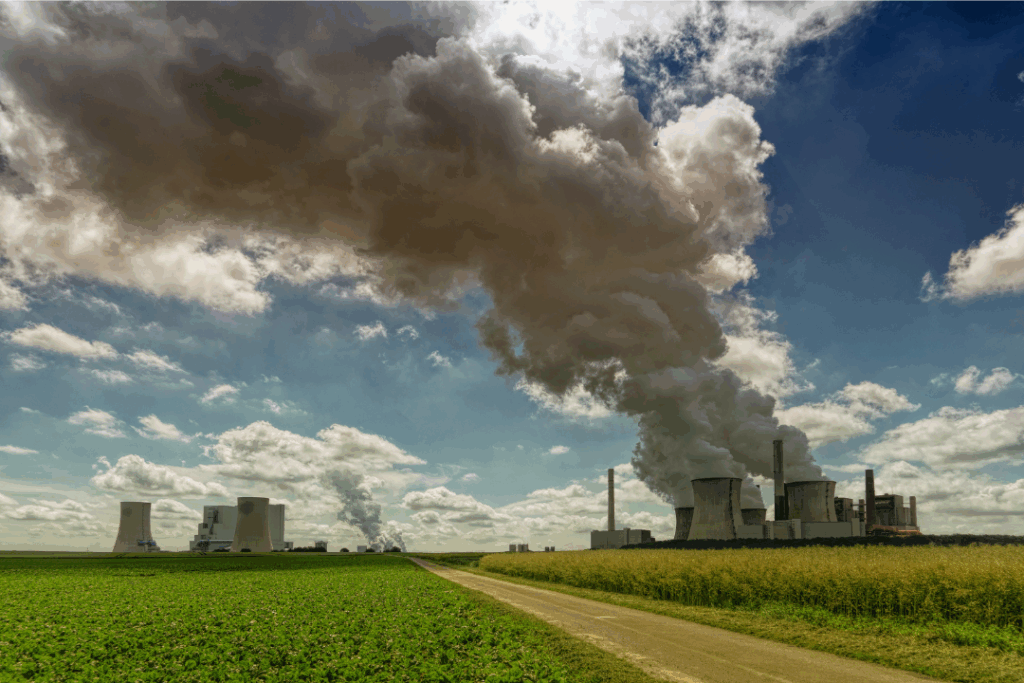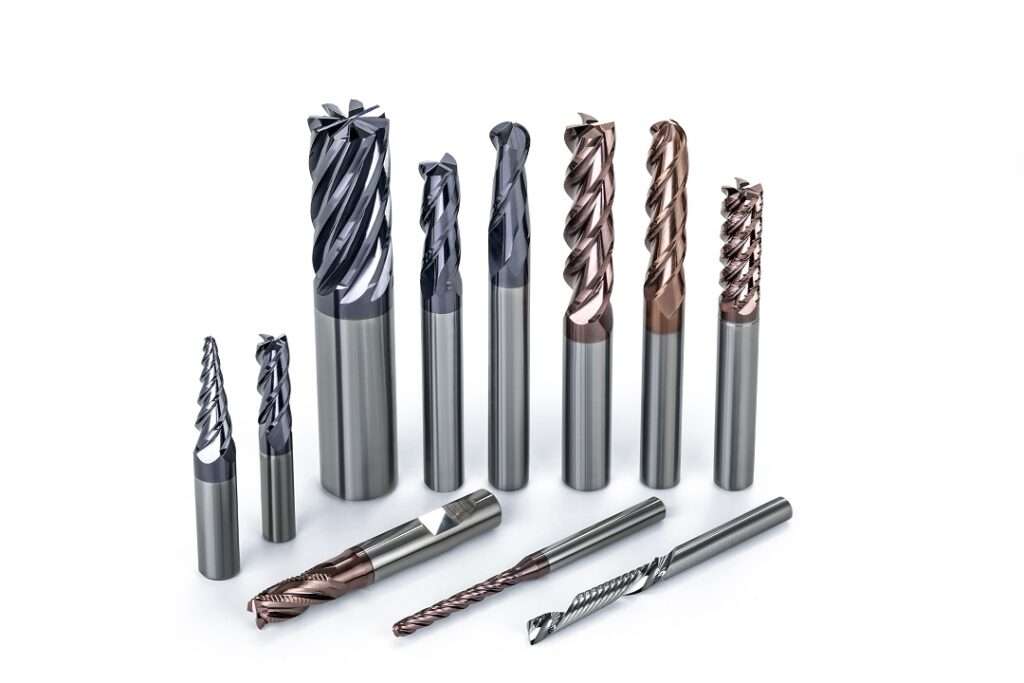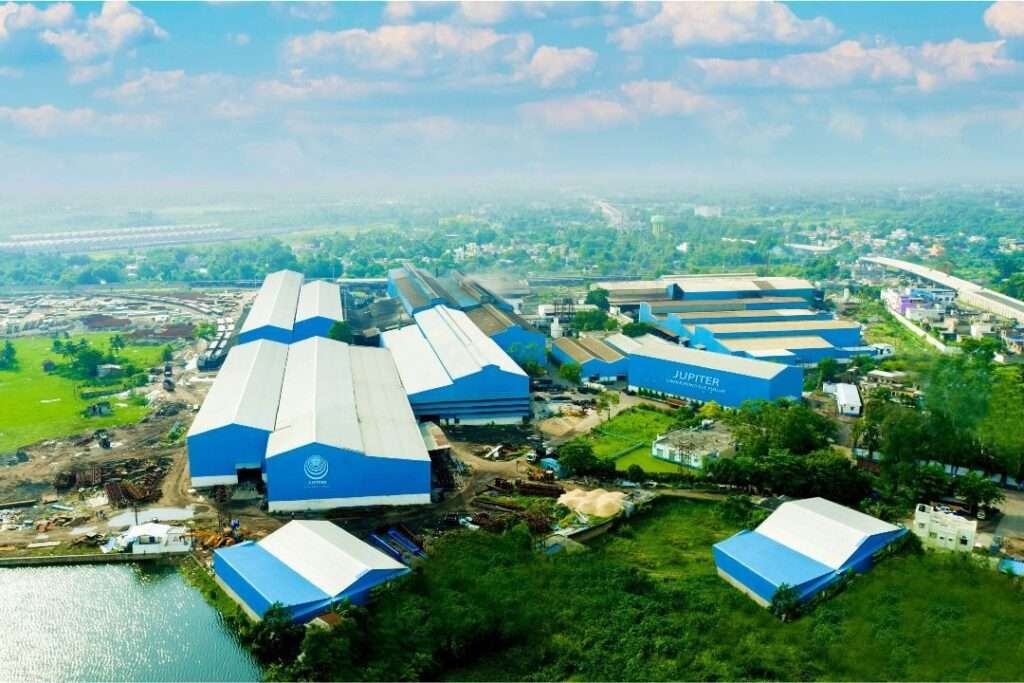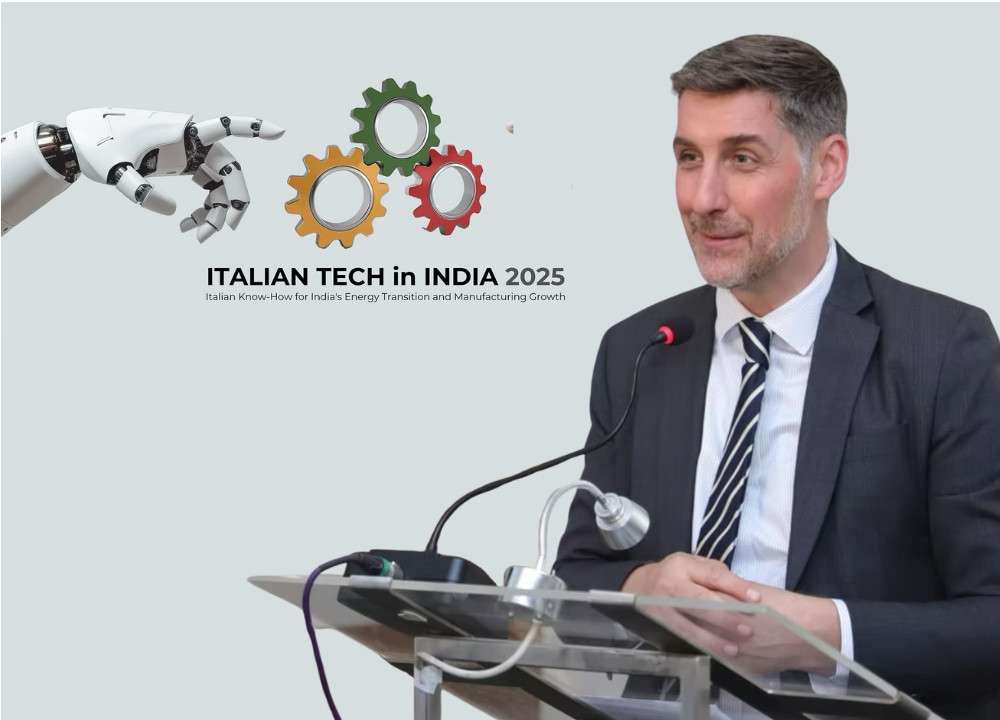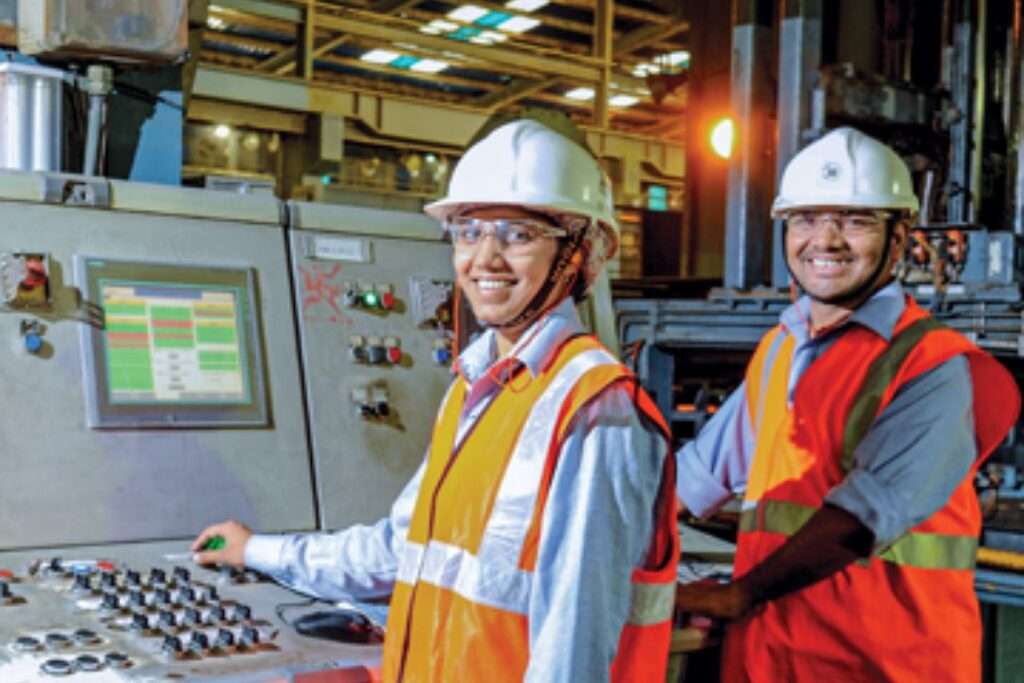Nitin Gadkari, the Minister of Road Transport and Highways, has announced that the Indian government is actively championing a gas economy to decrease fossil fuel consumption and lower import costs. This strategy focuses on promoting the adoption of compressed natural gas (CNG), liquefied natural gas (LNG), and biofuels.
Gadkari emphasized that fuel costs are considerably lower within a “gas economy,” and the extra investment required for gas-powered vehicles can be recouped within a span of two years. He made these remarks during the 64th annual session of the Society of Indian Automobile Manufacturers (SIAM) held in Delhi.
India, which has committed to achieving a net zero target by 2070, is currently the world’s third-largest net importer of crude oil and petroleum products. Additionally, it ranks among the top contributors to greenhouse gas emissions. To address this, the government has set an ambitious goal to achieve a 15% share of natural gas in its energy mix by the end of this decade.
Highlighting the progress made in the gas sector, Gadkari revealed that the country is projected to have 20,000 CNG dispensing stations by 2030, a significant increase from the current 6,000 stations. Furthermore, the government has recently mandated a gradual blending of compressed biogas with CNG for transportation purposes, starting from the financial year 2025-26, with a target of 5% blending by 2028-29.
CNG has increasingly become a prominent fuel choice in the passenger vehicle market, with many leading car manufacturers now offering CNG models. Notably, Bajaj Auto has recently launched the world’s first CNG-powered two-wheeler. In addition, India’s oil ministry is pushing for the conversion of a quarter of the heavy-duty long-haul trucking fleet to LNG, according to a recent report.
This move is part of the broader strategy to explore alternative fuel options and reduce reliance on fossil fuels. The government is also advocating for a 15% blend of methanol with diesel, specifically targeting commercial vehicles, as this approach is deemed highly cost-effective by the minister.
Beyond the automotive sector, gases like methanol, CNG, and LNG are also being promoted for use in construction equipment to cut costs. Gadkari noted that in every Rs 1,000 crore spent on road construction projects, approximately Rs 100 crore is used for diesel, which contributes to pollution.
Nevertheless, a recent report from the International Energy Agency (IEA) has projected that India will be the largest contributor to global oil demand in the latter half of this decade. This projection contrasts sharply with the global trend of declining demand for transport fuels, highlighting the ongoing challenges and opportunities in India’s energy sector transformation.



